On Tuesday I wrote a post about the use of knobs in an existing health care facility, and I mentioned that the IBC exempts 14 locations from compliance with the accessibility standards. Several people have asked me to share those exceptions, so I will describe them in this post. Before I do that, I want to say that the IBC Commentary includes some very enlightening information about accessibility at the beginning of Chapter 11 – Accessibility (you can buy the 2015 IBC Commentary here). Although I can’t paste all of this information into this blog post, I will share a quote from the Commentary about the philosophy of the code with regard to accessibility…
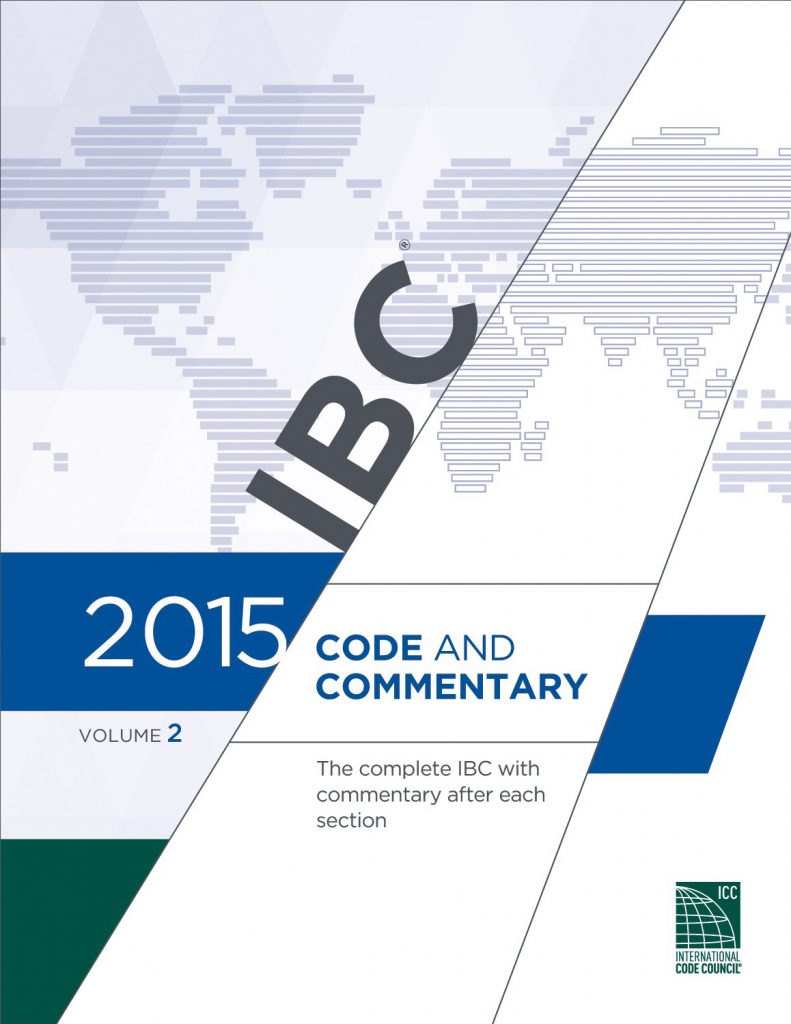 “The fundamental philosophy of the code on the subject of accessibility is that everything is required to be accessible. This is reflected in the basic applicability requirement (see Section 1103.1). The code’s scoping requirements then address the conditions under which accessibility is not required in terms of exceptions to this general mandate. In the early 1990s, building codes tended to describe where accessibility was required in each occupancy, and any circumstance not specifically identified was excluded. The more recent codes represent a fundamental change in approach. Now one must think of accessibility in terms of ‘if it is not specifically exempted, it must be accessible.’ “
“The fundamental philosophy of the code on the subject of accessibility is that everything is required to be accessible. This is reflected in the basic applicability requirement (see Section 1103.1). The code’s scoping requirements then address the conditions under which accessibility is not required in terms of exceptions to this general mandate. In the early 1990s, building codes tended to describe where accessibility was required in each occupancy, and any circumstance not specifically identified was excluded. The more recent codes represent a fundamental change in approach. Now one must think of accessibility in terms of ‘if it is not specifically exempted, it must be accessible.’ “
So what are these specific exemptions? Here they are:
- Employee work areas – doors within the work area are exempt – doors used to enter or exit the work area are not
- Detached dwellings – 1- and 2-family residential dwellings
- Utility buildings – Group U with the exception of agricultural buildings open to the public and garages that contain required accessible parking
- Construction sites – including scaffolding, bridging, materials hoists, materials storage, and construction trailers
- Raised areas – platforms used for security, life safety, or fire safety
- Limited access spaces – accessed only by ladders, catwalks, crawl spaces, freight elevators or very narrow passageways
- Areas in places of religious worship – raised or lowered areas used for religious ceremonies, that are less than 300 square feet and located 7 inches or more above or below the finished floor
- Equipment spaces – used only by service personnel for maintenance, repair or occasional monitoring of equipment
- Highway tollbooths – where access is provided only by bridges above the vehicular traffic or underground tunnels
- Residential Group R-1 – which contain not more than five sleeping units for rent or hire that are also occupied as the residence of the proprietor
- Day care facilities – where the facility is part of a dwelling unit, only the day care facility is required to comply with ICC A117.1
- Detention and correctional – common use areas that are used only by inmates or detainees and security personnel, and that do not serve holding cells or housing cells required to be Accessible units
- Walk-in coolers and freezers – intended for employee use only
- Specific requirements – where Chapter 11 of the IBC exempts areas from specific accessibility requirements
.
Any questions?
You need to login or register to bookmark/favorite this content.

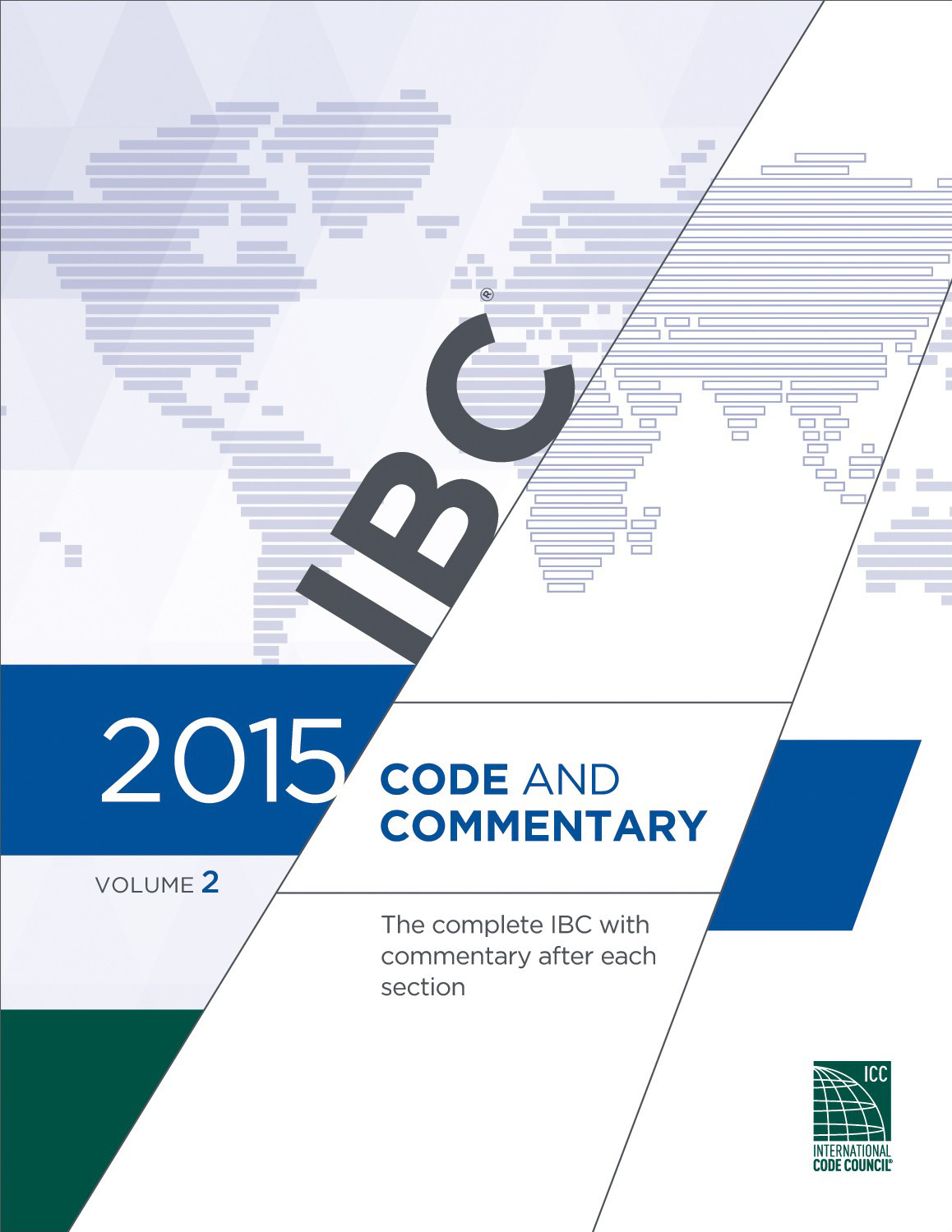
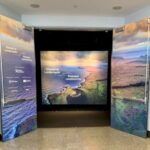
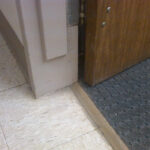
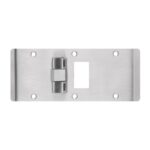
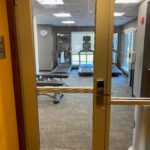
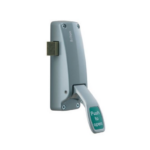
While most states that adopt the IBC typically reference the ANSI A117.1, most commercial and institutional buildings must also comply with the 2010 ADA from a federal standpoint.
The ADA provides a guide to scoping requirements for new construction (Chapter 2: Scoping Requirement – New Construction : https://www.access-board.gov/guidelines-and-standards/buildings-and-sites/about-the-ada-standards/guide-to-the-ada-standards/chapter-2-new-construction) and for alterations & additions (Chapter 2: Alterations and Additions : https://www.access-board.gov/guidelines-and-standards/buildings-and-sites/about-the-ada-standards/guide-to-the-ada-standards/chapter-2-alterations-and-additions).
An important concept in the ADA is alterations made to areas containing a “primary function” :
“Additional requirements apply when alterations are made to areas containing a “primary function,” which is a major activity intended for a facility. Examples of primary function areas include dining areas of a restaurant, retail space in a store, exam rooms in a doctor’s office, classrooms in a school, and offices and other work areas where the activities of a covered entity are carried out. Spaces not considered primary function areas include entrances, corridors, restrooms, break rooms, employee locker rooms, and mechanical or electrical closets.”
Although ANSI A117.1 and ADA are very similar, whenever there are differences, the more stringent governs.
Thanks Todd!
– Lori
“Employee Work Areas”
I assume that you are talking about door accessibility only in this post as work area reach ranges, etc, are also not required to accessible in work areas.
iDigHardware and I are focused on doors…my intent was not to indicate that only doors were affected so I changed the wording a tiny bit.
– Lori
Thank you for bringing this up. Precautionary comments on the exceptions – first you need to look at all the scoping requirements as they may null and void the exceptions if that particular item is covered under the scoping requirements. The ADA is a complex law and you need to look at the scope of each Title and apply it to your work. Generally speaking if you can make an area accessible make it accessible. There is no law against making an area accessible, and you will be promoting the opportunities for an individual with a disability the ability to participate and get a job.
1. Employee work areas – doors within the work area are exempt – doors used to enter or exit the work area are not – (If you hire someone with a disability that is qualified to work you cannot discriminate and say oh boy but we don’t have wide enough doors and they don’t have the required clear floor approach space. That excuse will not hold water for ADA Title 1 employement you will need to make accomodations.)
2. Detached dwellings – 1- and 2-family residential dwellings (Are not covered unless they are dwellings covered by HUD)
3. Utility buildings – Group U with the exception of agricultural buildings open to the public and garages that contain required accessible parking. (Open to the public is the watch phase, any area open to the public inside or outside, is required to comply with ADA.)
4. Construction sites – including scaffolding, bridging, materials hoists, materials storage, and construction trailers. (Areas where there is public access, or where administrative meeting will take place between owners, project managers, and other outside diciplines, will need to meet ADA compliance. In addition, if constructions work affects the accessible routes to portions of a facility that is open to the public, the contractor is required to provide an accessible safe way through the construction site to get to the primary program if it is still open to the public.)
5. Raised areas – platforms used for security, life safety, or fire safety – (OHSA requirements apply for ground floor surfaces, steps, clearances, doors, and exits.)
6. Limited access spaces – accessed only by ladders, catwalks, crawl spaces, freight elevators or very narrow passageways. (True, but remember ADA Title 1 still applies and resonable accomodations will need to be made if the person can physically work in these condition with their disability.)
7. Areas in places of religious worship – raised or lowered areas used for religious ceremonies, that are less than 300 square feet and located 7 inches or more above or below the finished floor. (This is also true but from my experience churches have been in the fore front providing access.)
8. Equipment spaces – used only by service personnel for maintenance, repair or occasional monitoring of equipment – (ADA Title 1 still applies.)
9. Highway tollbooths – where access is provided only by bridges above the vehicular traffic or underground tunnels. (ADA Title 1 still applies.)
10. Residential Group R-1 – which contain not more than five sleeping units for rent or hire that are also occupied as the residence of the proprietor. (Multi-clustered dwellings such as town house style units with four or more separate but connected residences are covered under the Fair Housing Act and will be required to follow the FHA accessibility standards which also applies the ADA standard for exterior common elements. These units may also be required to comply with ADA Title III, if they are considered vacation rentals or time share.)
11. Day care facilities – where the facility is part of a dwelling unit, only the day care facility is required to comply with ICC A117.1 (In addition to ADA childrens accessibility requirements.)
12. Detention and correctional – common use areas that are used only by inmates or detainees and security personnel, and that do not serve holding cells or housing cells required to be Accessible units. (All other areas that do serve accessible units will be required to have common use areas accessible. My understanding is the common areas are also used by other detainees that may not be disabled.)
13. Walk-in coolers and freezers – intended for employee use only. (ADA Title 1 Employee will require reasonable accomodations.)
14. Specific requirements – where Chapter 11 of the IBC exempts areas from specific accessibility requirements. (ADA is a federal law and some areas exempted by the IBC are not exempted by ADA’s scoping requirements.)
Thanks Jean!
– Lori
Found the IBC article again but thanks Lori
Great information
Lori, you are welcome. I really appreciate your original outline, which I felt handled these exceptions with caution. Thanks for being there. And thank you for your blogs.
Lori, I currently have a school project which we are correcting all lite kits to be ADA but one 90 minute rated pair has been red lined to say that IBC 2015 only allows 100 sq. which will not work with the 43″ ADA rule on the 84″ doors. I thought the glass type and the door manufacturer testing did away with the 100 Sq. restraints long ago.
Hi Mary –
You may be able to get a larger size piece of glazing if you switch to a different material, but you could also just do a 3” x 33” light which is one of the standard sizes.
– Lori
Would for example a soiled utility door located in a restricted area requiring a key code to enter be exempt? Are self contained keypads even ada compliant?
Hi Ruben –
It’s possible that the door you described would be exempt, but there is nothing in the accessibility standards that prohibits a keypad. With that said, if the facility had an employee who could not operate a keypad, the keypad would likely have to be replaced with a prox reader or something that the employee could use.
– Lori